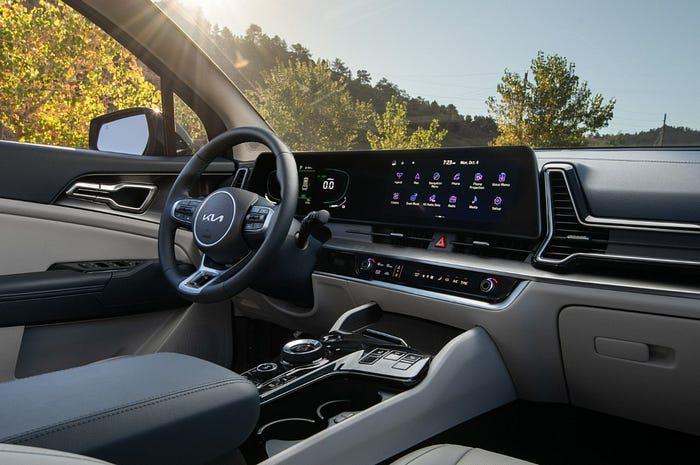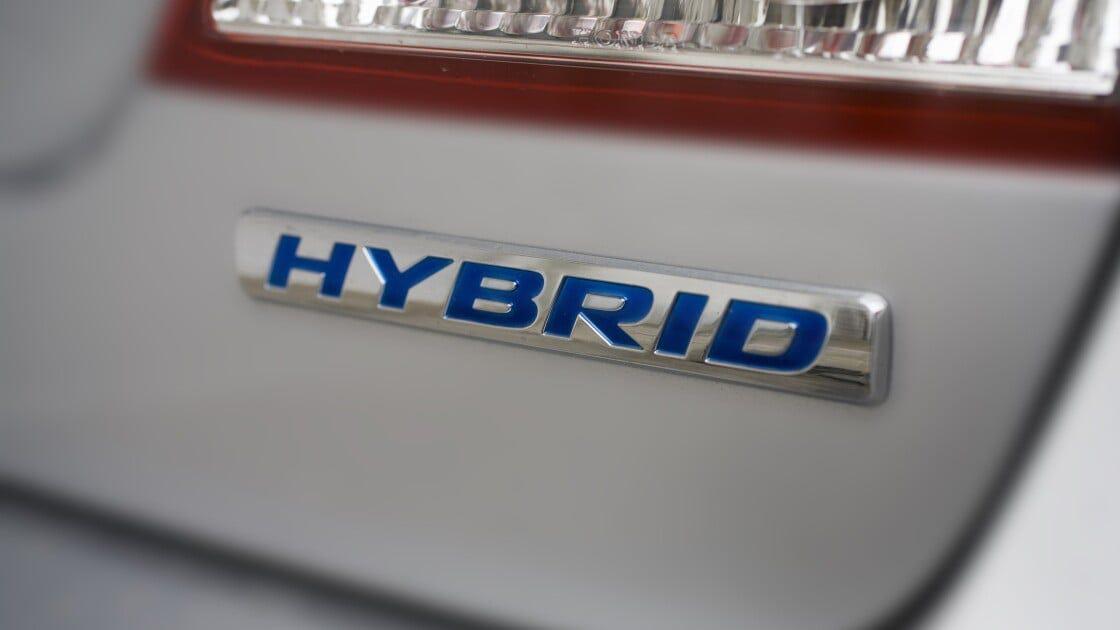Despite significant investment, automakers are struggling to sell EVs. Hybrids offer some serious advantages until they overcome their grip on Chinese battery supply and convince buyers to fork over more than $40,000.
Emily Dreibelbis
This year, EVs have been a wild ride for highs and lows, biting the industry and spitting it out into years of uncertainty.
Automakers seem to be losing out in the gap between early adopters and mass market appeal, with the latter requiring lower prices, greater range, and more charging locations. We've seen promising announcements hinting at a bright future for EVs in 2023, but it will take some time and factors like Chinese battery supply and high interest rates are beyond the control of automakers.
In the meantime, hybrids have a chance to take center stage. They are more environmentally friendly than their fully gas-powered counterparts, and the ability to switch between gas and electricity means better miles per gallon (MPG) on average. They may be more expensive than fully gas-powered cars, but hybrid drivers save on gas over the years. The difference may be negligible. The Kia Sportage Hybrid is $300 more than the fully gas version. It gets 44MPG instead of 32.
If the goal is to significantly reduce greenhouse gas emissions, the solution of hybrids is a disappointing outcome for evangelists. While they are not completely zero-emission vehicles, by 2024, dealers will need to consider giving a significant portion of lot space to hybrids, especially considering the current state of the EV industry.

EV Momentum Balloon Slowly Deflating in 2023
Hybrids were not a big topic of conversation at the beginning of the year. Toyota ousted a CEO who pushed them. The adoption rate of EVs rose from 4% in the previous January to 7% of new car sales. Tesla started a price war, eventually lowering prices and prompting other automakers to follow suit. Q3 showed a slight increase to 8%, but automakers do not expect annual adoptions to double as they have in recent years.
There are also those pulling back on EV spending. Last week, Ford announced it would delay a $12 billion investment amid declining consumer demand, CNBC reports. The company still plans to build an EV mega factory in Tennessee but acknowledges the transition to electric will take longer than expected.
GM is also "easing the acceleration of EV production in North America, protecting pricing, and adapting to slow short-term growth in demand."
GM and Honda have also scrapped plans to create a $30,000 EV, saying it is no longer feasible. GM's Equinox EV, which was supposed to be "around $30,000" debuted at $49,000, Electrek reports.
These may be short-term setbacks, but challenges in China loom large. Managing the supply of critical battery minerals worldwide complicates efforts for automakers to lower prices. Additionally, China currently restricts exports of graphite used in battery anodes as part of an ongoing trade war.
Don't forget the high interest rates making auto loans less attractive for buyers. Elon Musk cites this as a key issue hindering demand in Tesla's Q3 earnings call.
These brands are not giving up on EVs. They are simply acknowledging that the initial promises at commercials, auto shows, and dealerships are harder to fulfill than expected.
Like what you're reading? Sign up for the What's New Now newsletter to get the latest high-tech news, reviews, and expert tips in your inbox.
Good News: Some Promising Progress
As challenging as 2023 has been for EV makers, there have been some positive changes. Perhaps the biggest is the transition to Tesla's charge ports.
By 2025, almost every brand will be able to charge at Tesla Superchargers. This is a game-changer for road trippers and those who need more places to charge in town. It's hard to overstate the importance of this from a driver experience standpoint.
Range anxiety is also being alleviated. Most new models target ranges of over 300 miles. Combined with better charging options, drivers will notice much less stressful travel. Toyota aims to commercialize solid-state batteries with over 900 miles of range by 2030. Wireless charging is also in the works but may start at a premium price like solid-state batteries.
What most people really need are cheaper cars. Unfortunately, the outlook here seems tough. Batteries account for 70% of a car's materials, and China controls supply and thus pricing. President Biden has allocated billions to boost the domestic mineral industry and reduce dependence on China, but it will take decades and require significant political support.
In the meantime, automakers are looking towards lithium iron phosphate (LFP) batteries, a cheaper battery type. They are cheaper but face some range issues, so automakers are not eager to talk about them. Rivian, Tesla, and Ford have quietly switched to LFP for base models, and Chevrolet announced today they will do the same for the revived Bolt.
So, battery technology may worsen before it gets better without meaningfully reducing vehicle price tags. The only hope for automakers to increase profits and ideally keep prices down is through production efficiency. At least that's Musk's plan to boost profitability for the Cybertruck, as mentioned in the Q3 call.
Wealthy, Warm Weather Drivers Can Elevate EVs
With millions of Cybertruck pre-orders in mind, it seems like the industry is ready to pull the trigger on full EV-specific triggers. Performance is not the issue.
While battery technology, charging infrastructure, and interest rates catch up, the industry's current set-back is not actually extinction but merely a slowdown if they can maintain their footing with them for a few more years.
In the interim, hybrids need to be on the list for budget-conscious car buyers. Automakers are offering fewer hybrids than fully gas-powered models, but they are not ignoring the market. For example, Ford says they are starting to push them as alternatives to EVs, Reuters reports. As seen with EVs, automakers generally follow consumer demand. The more people demand them, the more we'll see.
Originally published on https://www.pcmag.com.
